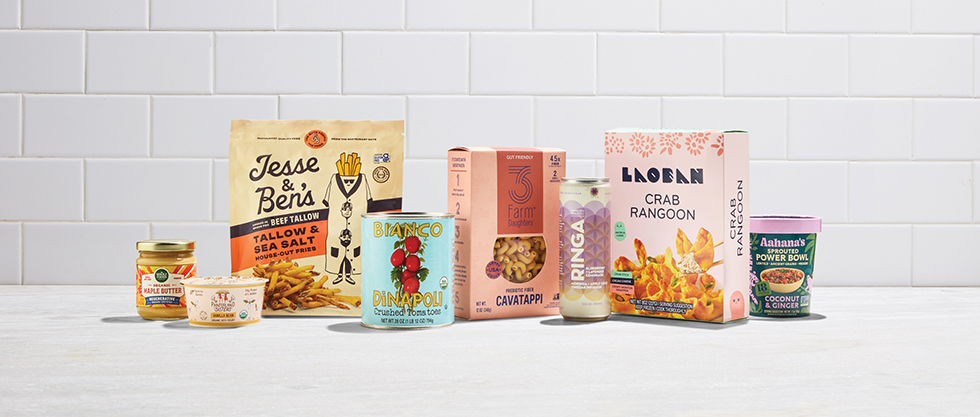Whole Foods Market’s Trends Council has shared its top food trends for 2026 in the retailer’s annual predictions report. The council foresees 2026 as the year of fiber frenzy, fine-dining freezer finds and an uptick in tallow.
The council – a collective of Whole Foods Market employees ranging from foragers and buyers to culinary experts – develops the predictions each year through a combination of industry experience, observation of consumer preferences and collaborative sessions with emerging and established brands.
“Each year, our trends report captures the pulse of what’s next in food, and 2026 is no exception,” said Sonya Gafsi Oblisk, chief merchandising and marketing officer at the Austin, Texas-based grocer.
“This year’s trends highlight how curiosity, creativity and conscious choices are shaping the way people eat and shop. We’re inspired by the innovation we’re seeing across the food landscape and can’t wait to watch these ideas come to life in our aisles and beyond.”
Whole Foods Market’s top food trend predictions for 2026 include:
- Tallow – From whipped to herb-infused varieties, beef tallow is making a comeback as a nourishing and nostalgic fat. Once a staple in traditional cooking and prized for its high smoke point and rich flavor, tallow is being rediscovered by consumers who value ancestral ingredients and are looking for oil alternatives.
- Fiber – Protein continues to be king, but fiber is gaining traction as consumers seek gut health, holistic digestive wellness and natural ways to feel fuller longer. Brands are offering more fiber-forward callouts on packaging and the council is increasingly seeing products with added fiber hitting the shelves, such as pastas, breads, crackers and bars. Roots like cassava and chicory are regulars on ingredient panels of prebiotic beverages, while konjac is a fibrous favorite in plant-based, ready-to-eat meals.
- Year of the female farmer – Consumers may have started to notice an increase of women in agriculture highlighted in media, event panels and on brand websites and packaging. Organizations such as the National Young Farmers Coalition offer funding opportunities through their Young Farmer Grant program. And the Food and Agriculture Organization of the United Nations has declared 2026 as the International Year of the Woman Farmer.
- Freezer fine dining – Customers are looking to pair high quality ingredients with globally-inspired flavors and time-saving hacks, and frozen options are ideal for meal planners or budget-conscious consumers.
- Vinegar – Vinegar, or “sour wine” as it was once called, dates back thousands of years and was used medicinally – an original functional food. Today, some content creators drink pickle brine before meals to stabilize blood sugar. Now the council is seeing vinegar’s modern renaissance, with consumers seeking out premium, small-batch options, bold new flavors and innovative formats.
- Reduced sugar – More customers who are mindful of their sugar intake are opting for products that are subtly sweetened with real cane sugar over alternative sources – or sweetened with whole fruit, honey or maple syrup. The council is seeing jam, chocolate and gummy brands leaning on real fruit in their products rather than high amounts of sugar for flavor and texture.
- Instant foods reimagined – TikTok is helping to reshape instant’s reputation, with creators touting travel-ready, barista-level lattes and “desk drawer ramen” that uses bone broth bases, chili crisps and adaptogenic add-ins. Brands also have responded by making products like single-serve premium pour-over lattes, meals-in-a-cup and more shelf-stable meal solutions.
“Our trends predictions are inspired by the council’s deep expertise and boots-on-the-ground discovery – at farmer’s markets, industry trade shows, local restaurants and more,” said Cathy Strange, ambassador of food culture for Whole Foods Market and council member.
“The 2026 list reflects how quickly ideas can move from emerging concepts to everyday favorites. It’s exciting to see how these trends will shape conversations in kitchens, communities and the broader food culture in the year ahead.”

